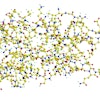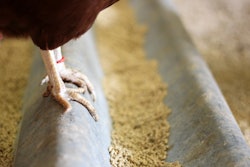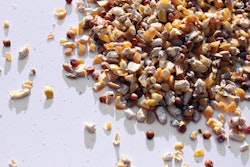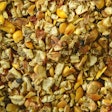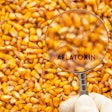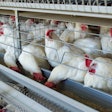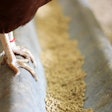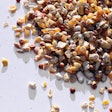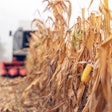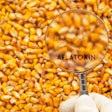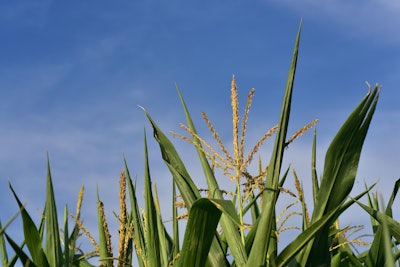
Researchers from the University of Texas at Arlington and the U.S. Department of Agriculture have developed a mathematical model to predict outbreaks of toxic fungi in Texas corn crops, potentially saving farmers billions in harvest losses.
The study, published in Frontiers in Microbiology, focuses on predicting aflatoxin outbreaks using remote sensing satellites, soil properties and meteorological data. Aflatoxins, produced by certain fungi, are carcinogenic compounds commonly found in corn and some nuts, posing serious health risks to humans and animals.
The research team, led by Angela Avila and Jianzhong Su from UTA's Department of Mathematics, developed the aflatoxin risk index (ARI) and applied machine learning methods to forecast outbreaks. Avila's contribution of calculating historical planting dates using satellite imagery improved the model's accuracy by 20% to 30%.
Lina Castano-Duque, lead author and USDA plant pathologist, emphasized the study's potential to revolutionize mycotoxin contamination management in corn. The model is expected to provide farmers with expert guidance on contamination risk levels, aiding in crop selection and application of preventive measures.

